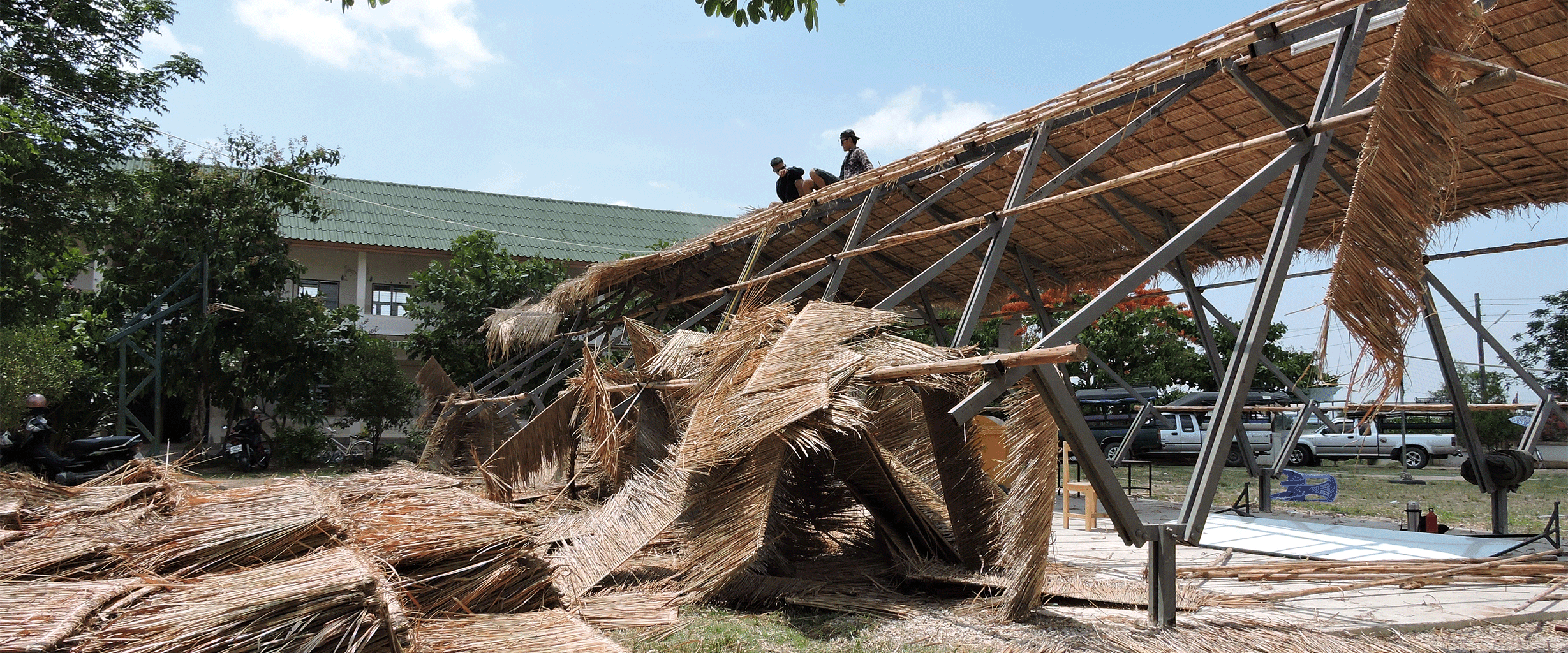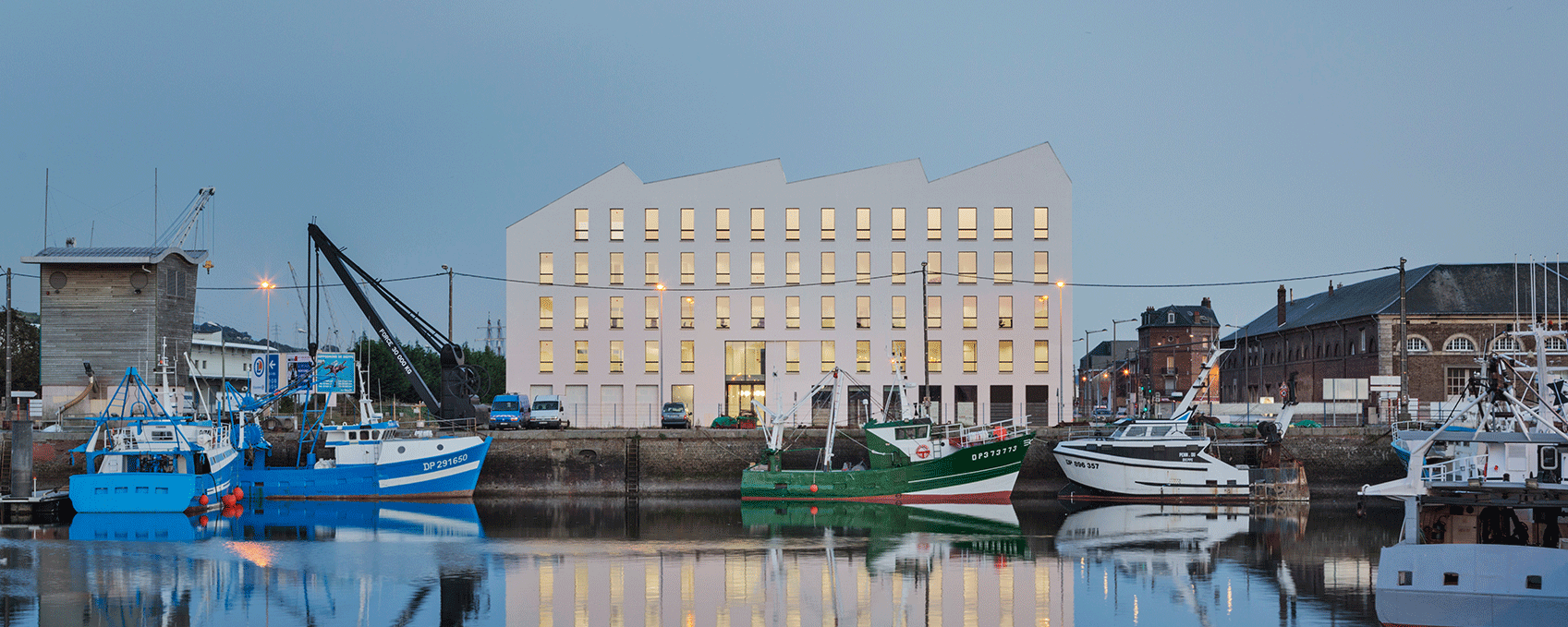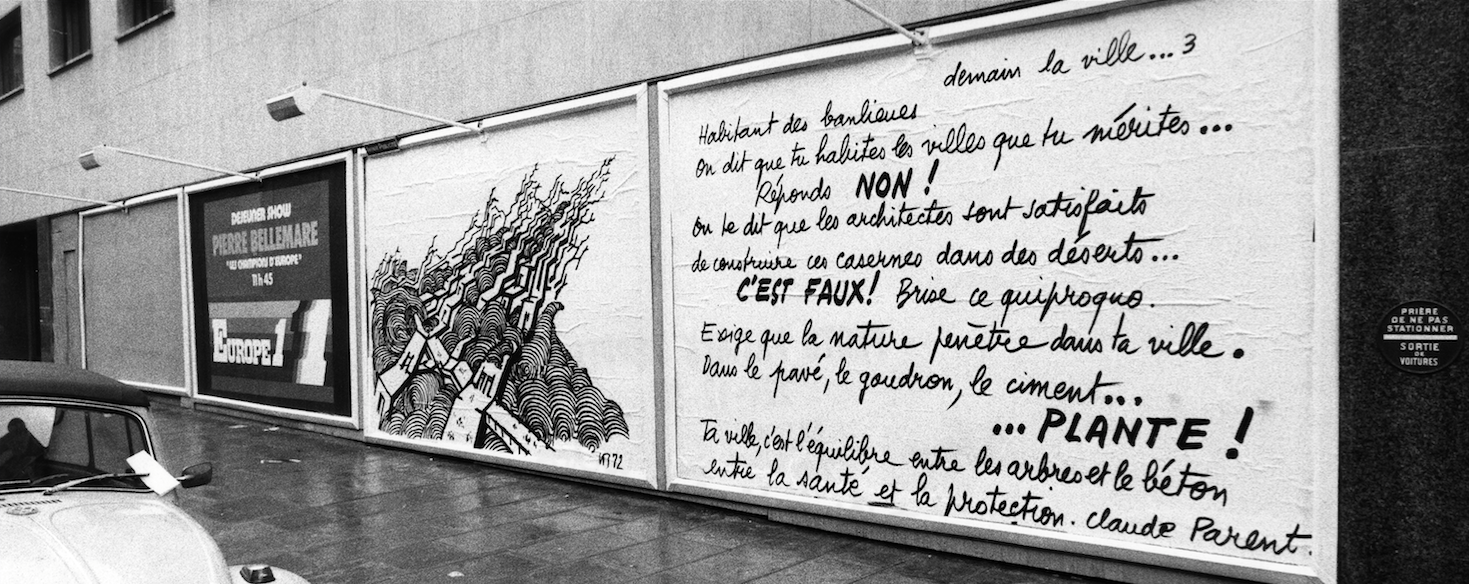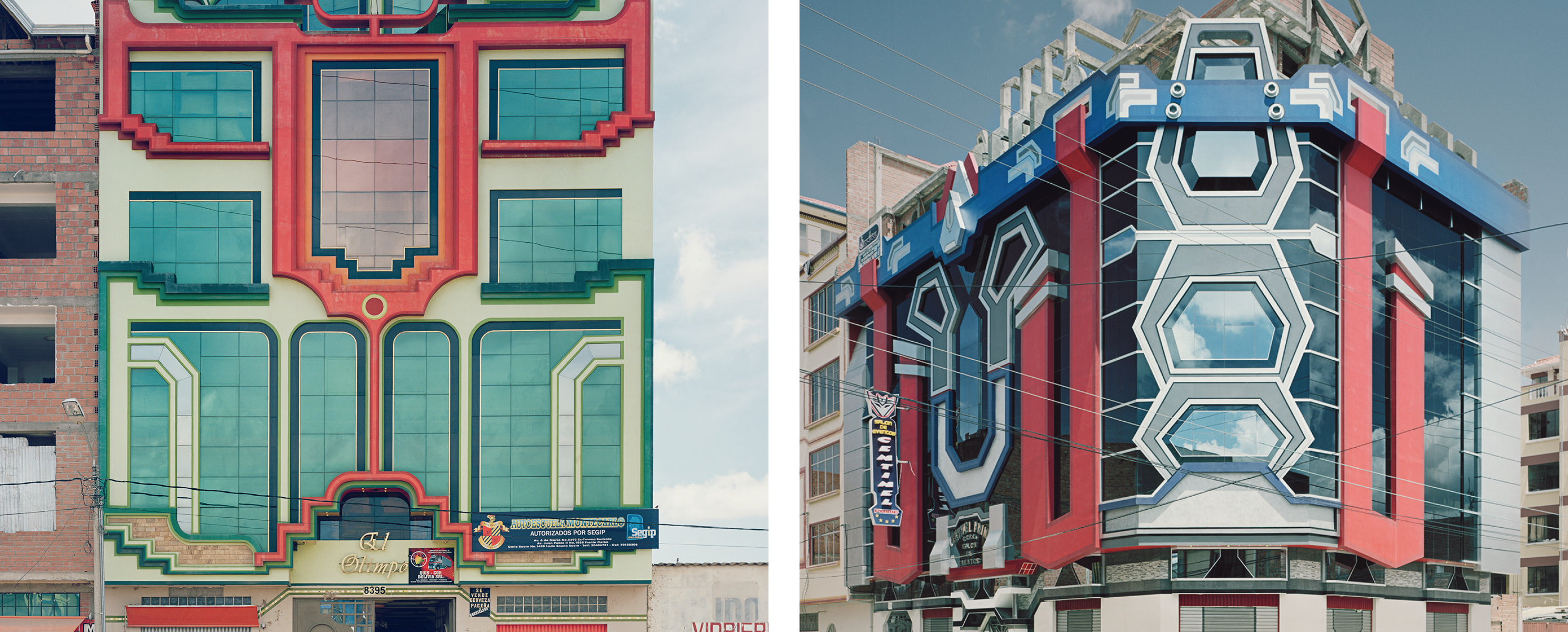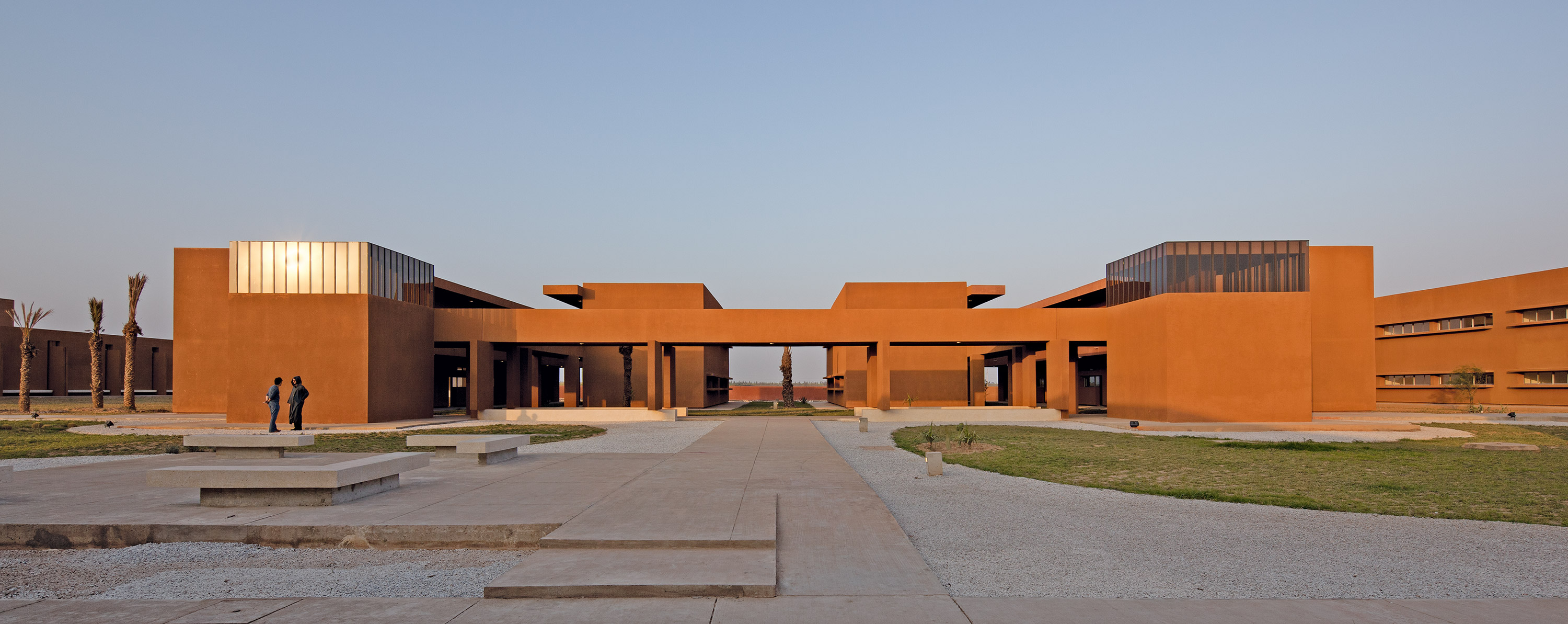a.go.ra, Mae Sot, Thaïlande. © Daniel Tejedor Ramos
Spontaneous City
In an article entitled “Les leçons urbaines de la jungle” (urban lessons from the jungle), published on the website of French newspaper Libération, on March 6, 2016, French architect, Cyrille Hanappe emphasized that “the jungle [of Calais] is an intersection of the invariant features that define historical cities all over the world”. With places of worship, houses, and restaurants, this informal city is now structured to house thousands of souls. Making a model of a town built in pain seems difficult, yet no one can deny that the Calais jungle conceals lessons of urban life in the collective effort employed. It is also difficult to unite under one word – temporary – the structures assembled in response to the emergency and the different projects shown in the following pages. Among these, many are the fruit of cultural manifestations. Therefore details of their respective challenges need to be given.
In Calais, the architecture is temporary by default, because the threat of destruction hangs over it. It is emergency architecture, similar to the structures assembled by the Mae Tao clinic in Thailand, to accommodate the migrant people fleeing the Burmese conflict. In Christchurch, in New Zealand, temporary structures were built following the 2011 earthquake, including a cardboard cathedral by architect Shigeru Ban. In Chile, the emergency was political for the designers of an open-air structure for the people – the Wave. Indeed, temporary is often activist: when architect Stéphane Malka takes over urban interstices and gable walls, he does so in the form of a manifesto, with the intention of returning the city to its inhabitants. Lastly, since the 1851 World’s Fair, any policy with the aim of promoting access to culture sees temporary architecture as its favorite instrument.
Make no mistake, when the National Theatre of London called its extension destined to be dismantled “The Shed”, it was nothing like a simple shed. They needed a symbol for unusual representations that would attract a new public. Culture to rebuild social ties: short-lived structures are increasingly used as a place for public gatherings, even bringing communities together (The Lake in London by EXYZT, Commune 246 in Tokyo). Temporary projects are occasionally initiated by the authorities with a view to raising awareness (the Fountain House by Raumlabor, in Montreal) and can turn out to be a wonderful testing ground for urban planning (Strelka in Moscow), which developers hasten to recover. So creations that were destined to vanish often continue their lives, but, when they are well and truly dismantled, these temporary structures (Fattinger Orso in Linz, Austria) have often played an important role and they survive in the collective memory.

